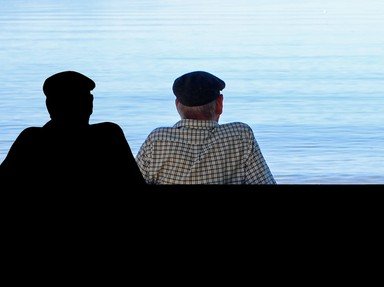Quiz Answer Key and Fun Facts
1. CS Lewis and JRR Tolkien were good friends and members of a club called "The Inklings," made up of Christian writers at Oxford. Which other writer, best known for detective fiction, was part of their circle?
2. Which of the following composers was NOT born in 1685?
3. Nathaniel Hawthorne, Henry David Thoreau, and Ralph Waldo Emerson were good friends and regularly attended the Transcendental Club in Boston. Their crowd also included the father of what famous children's author?
4. Which of the following people was born on the same day as Charles Darwin?
5. The Royal Society was formed in 1660 to promote the ideas of modern science. Three of the following men were early members and could have attended meetings together. Which of the following was NOT a contemporary of the others?
6. Which two famous Americans both died on July 4, 1826, the 50th anniversary of the founding Declaration of Independence?
7. The Elizabethan Age was a great flowering of art and literature in England. Which of the following was NOT working during this period?
8. In 1993, Steve Martin wrote a play describing a fictional meeting between Pablo Picasso and what other famous person?
9. Lucas Cranach the Elder was a Renaissance artist and a good friend of which religious figure?
10. "The Lost Generation" was a label applied to writers and artists who grew up during World War I. They spent time in Europe during the 1920s. Which of the following could NOT have been seen drinking absinthe at a Parisian café with the others?
Source: Author
chicagojanet
This quiz was reviewed by FunTrivia editor
bloomsby before going online.
Any errors found in FunTrivia content are routinely corrected through our feedback system.
